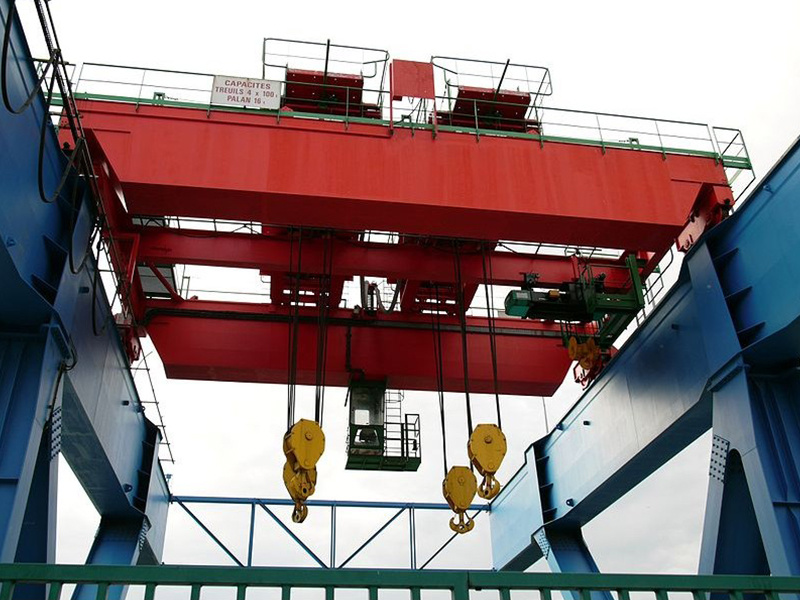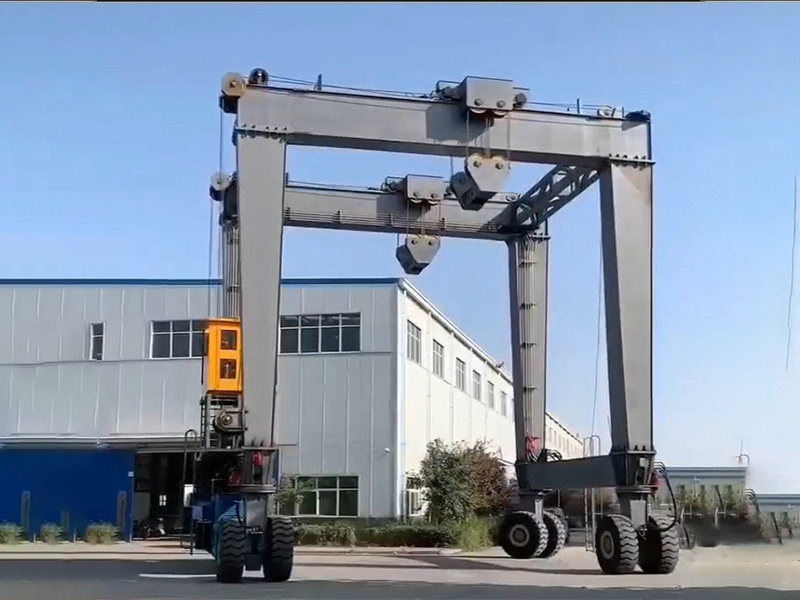Henan Aifite Intelligent Equipment Co., LTD.
Products
Battery powered Electric Transfer Flat Car
Classification:
Product Introduction
**Battery Powered Electric Transfer Flat Car**
In the contemporary landscape of logistics and material handling, the demand for efficient, reliable, and environmentally friendly transportation solutions has surged. One of the innovations that have emerged to meet these needs is the battery-powered electric transfer flat car. This vehicle plays a crucial role in various industries, including manufacturing, warehousing, and construction, providing an effective means to transport goods and materials across facilities.
**Understanding the Battery Powered Electric Transfer Flat Car**
A battery-powered electric transfer flat car is essentially a mobile platform designed to carry heavy loads over short distances. Unlike traditional forklifts or manual carts, these electric vehicles are powered by rechargeable batteries, which eliminate the need for fossil fuels and reduce emissions. This feature not only makes them more environmentally friendly but also contributes to lower operational costs over time.
The flat car typically features a flat, open platform that can be customized to suit specific transportation needs. It is equipped with heavy-duty wheels and can navigate various terrains, making it suitable for indoor and outdoor applications. The electric motors provide smooth acceleration and deceleration, ensuring that materials are transported safely and efficiently.
**Advantages of Battery Powered Electric Transfer Flat Cars**
One of the primary advantages of battery-powered electric transfer flat cars is their eco-friendliness. With increasing awareness of environmental issues, many companies are seeking to reduce their carbon footprint. These electric vehicles operate silently and produce zero emissions, making them an ideal choice for facilities looking to enhance their sustainability efforts.
Additionally, these flat cars are designed for ease of use. Operators can maneuver them with minimal training, and their intuitive controls simplify the process of transporting materials. The ergonomic design often includes features such as adjustable platforms and easy access for loading and unloading, which increases productivity and reduces the risk of injury.
Cost efficiency is another significant benefit. Although the initial investment in battery-powered electric transfer flat cars may be higher than traditional models, the long-term savings on fuel, maintenance, and operational costs make them an attractive option. Furthermore, advancements in battery technology have led to longer battery life and shorter charging times, enhancing the overall efficiency of these vehicles.
**Applications Across Industries**
Battery-powered electric transfer flat cars are versatile and can be adapted to various industries. In manufacturing settings, they are commonly used to move raw materials to production lines or transport finished products to shipping areas. Their ability to handle heavy loads makes them invaluable in environments where safety and efficiency are paramount.
In warehousing, these electric flat cars can streamline the picking and packing processes. They can be used to transport items from storage to packing stations, reducing the time and labor required for these tasks. Additionally, they can navigate narrow aisles and tight spaces, which is often a challenge for larger vehicles.
The construction industry also benefits from the use of electric transfer flat cars. They can transport tools, equipment, and materials across job sites, reducing the need for manual labor and increasing the speed of operations. Their ability to operate on various terrains makes them suitable for different construction environments, from urban sites to remote locations.
**Technological Innovations Enhancing Performance**
As technology continues to advance, battery-powered electric transfer flat cars are becoming more sophisticated. Innovations such as smart sensors and automation are enhancing their performance and safety features. For instance, many modern flat cars are equipped with collision detection systems that prevent accidents and protect both operators and materials.
Moreover, the integration of GPS technology allows for better tracking and management of these vehicles within facilities. Operators can monitor their location, battery status, and load capacity in real time, leading to more efficient operations. This data can be invaluable for optimizing routes and schedules, ultimately improving productivity.
**Challenges and Considerations**
Despite their many advantages, there are challenges associated with battery-powered electric transfer flat cars. One of the primary concerns is battery life and charging infrastructure. While advancements have improved battery efficiency, the need for regular charging can pose operational challenges, especially in high-demand environments. Companies must invest in adequate charging stations and develop strategies to manage downtime.
Additionally, the initial investment for electric transfer flat cars can be a barrier for some businesses. While the long-term savings are substantial, smaller companies may find it challenging to allocate the necessary funds upfront. However, with the increasing availability of financing options and government incentives for adopting green technologies, more businesses are finding ways to incorporate these vehicles into their operations.
**Conclusion**
Battery-powered electric transfer flat cars represent a significant advancement in the field of material handling. Their eco-friendly design, operational efficiency, and versatility make them a valuable asset across various industries. As technology continues to evolve, these vehicles are likely to become even more efficient and integral to logistics and transportation solutions. By investing in battery-powered electric transfer flat cars, companies can enhance their operations, reduce their environmental impact, and stay competitive in an increasingly demanding market. The future of material handling is electric, and these flat cars are leading the charge.
Keyword:
Previous Page:
Next Page:
Feedback
Leave a message online and get the product quotation free of charge. We will arrange the specialist to contact you as soon as possible.







